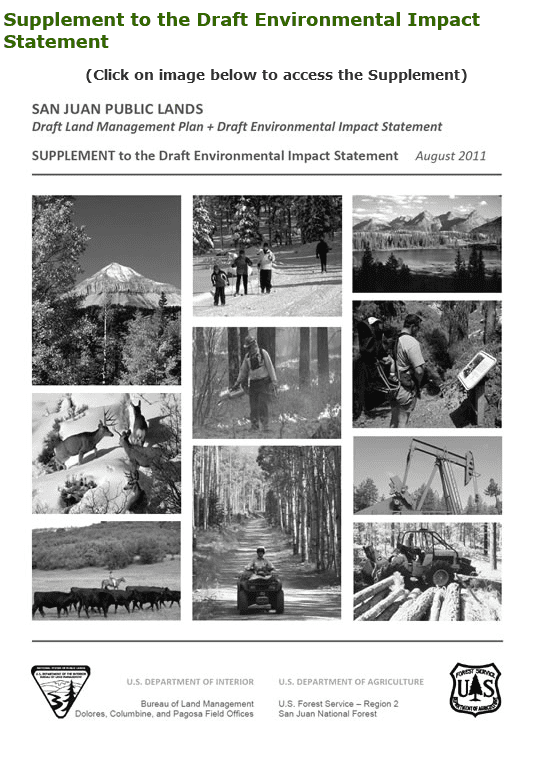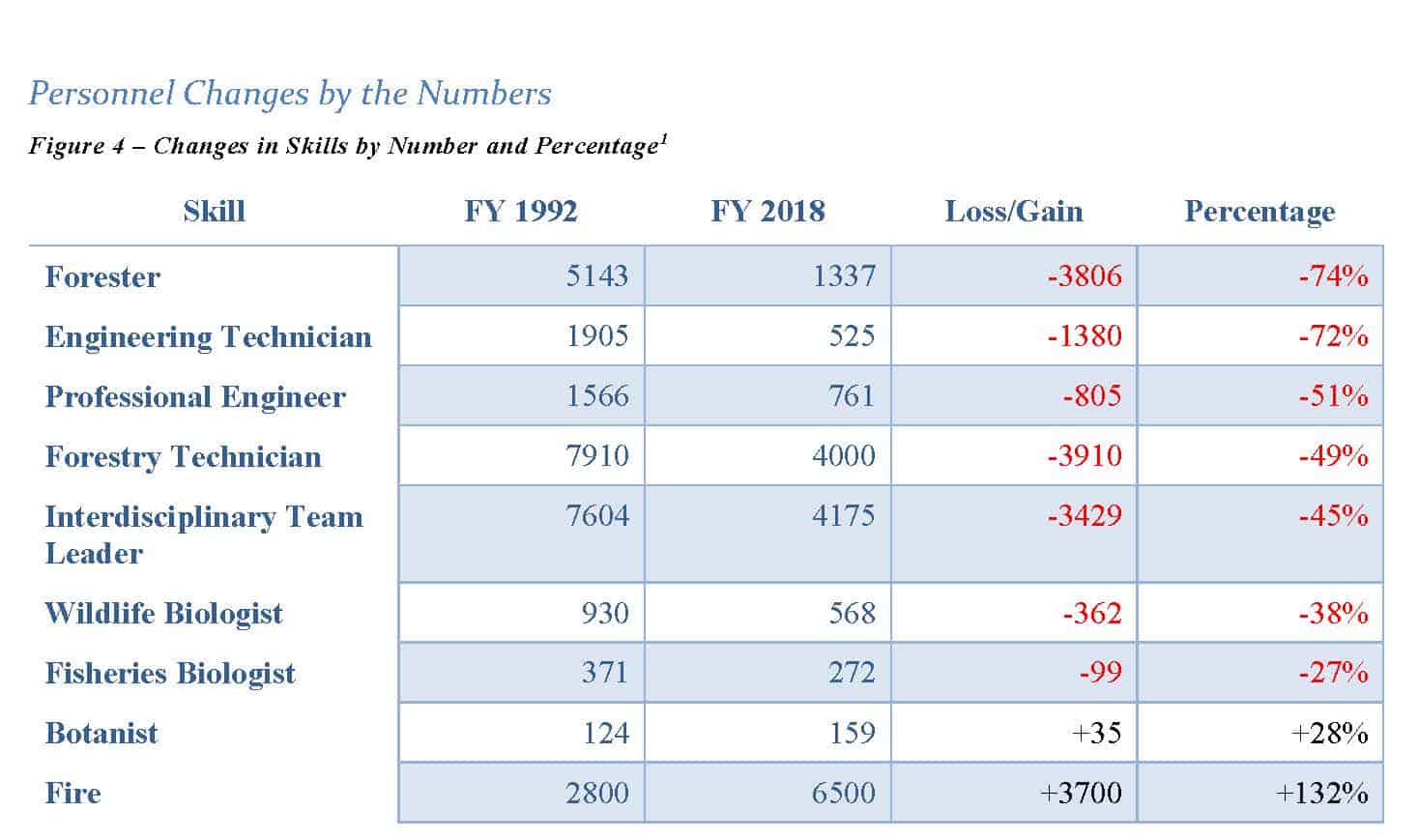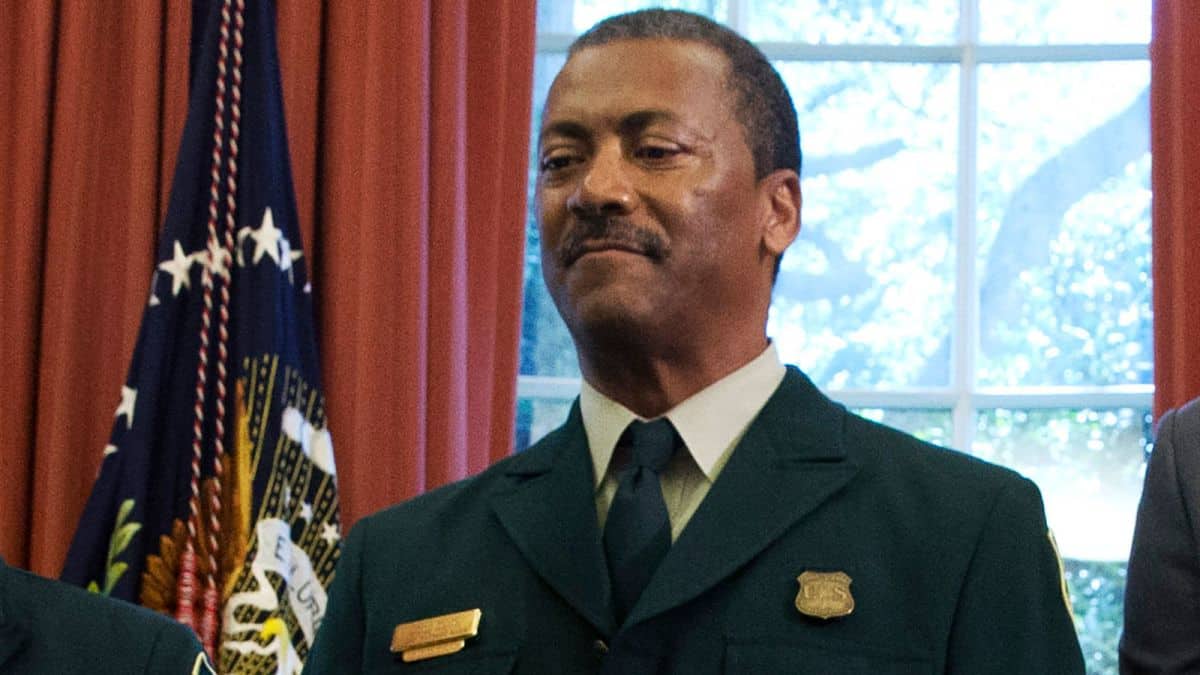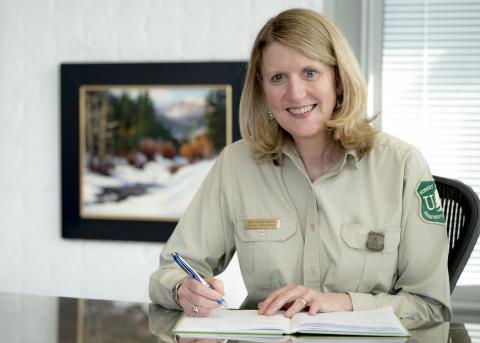
Somewhere there should be a history of efforts to bring various parts of BLM and the Forest Service together. Maybe there is and I haven’t seen it. When I joined the FS the Reagan Administration was exploring the idea of exchange of land called Interchange, as I recall.
A few of us were discussing the more recent Service First approach in a previous thread.. I think that there may have been important lessons to be learned from those experiments. I have asked the folks I remember, and their contacts to write posts for The Smokey Wire (note, that offer still holds), to tell their story, but no one has taken me up on it.
So I thought I’d post what our findings were on the Forest Service side of the SJPLC (San Juan Public Lands Center, the joint unit) joint BLM/FS Review by the RO/State Office. Suffice it to say that there were strongly different cultural norms for each agency in terms of reviews. Our FS review got hung up because the Forest and the RO couldn’t agree on the findings and recommendations. That’s another story. Nevertheless, below is the Forest Service draft document section on Service First. As I may have written before, to many of us politically imparied individuals, it was a bit of a mystery as to why the experiments in Colorado were suddenly shut down. Perhaps someone out there knows. Anyway, I think you can hear some of the employees’ pros and cons from this writeup.
**************************************
- Service First
Service First is great for customer service, one-stop shopping, and landscape or resource management. However, differences in administration, IT, budget and processes are ongoing barriers to meeting the objectives and intent of Service First. Service First efforts create better products in the end, but in some cases, the process takes much longer to finish.
Many employees question higher level commitment to support Service First. WO/RO/SO levels do not appear to “walk the talk” when it comes to supporting Service First. Initial promises to streamline efforts and remove barriers have not materialized. Consequently, Service First continues to be difficult. There is little recognition of the increased workload associated with Service First. Following two sets of rules takes more time and money. We heard some instances in which employees follow whatever agency’s rules are most restrictive for joint projects. On the other hand, sometimes both agencies can use the less restrictive practice, such as for hiring.
Service First efforts invariably require more communication between RO/SO and the unit so that all three offices hear the same issues and participate in the solution.
The frustration level is high. Employees are frustrated by the heavy workload and many are working extra hours. Service First may exacerbate workload and burden shift in the sense that dealing with “one ASC is difficult, two would be impossible.” The BLM is considering a similar reorganization of administrative support. It appears as if the LT doesn’t fully understand the level of frustration that some employees are feeling, at least from the employees’ perspective.
There is a perception that there are no consequences for employees that do not support Service First and actively attempt to sabotage or work against Service First goals.
Recommendations
* SJPLC needs to do a review to examine whether or not Service First (versus individual performance or other issues) is impacting getting work done.
* SJPLC should identify, in a memo to the Regional Forester and State Director, those aspects of administrative procedures that are a barrier to Service First, and that are beyond the unit’s ability to address.
* RO/SO needs to clearly articulate the goals and objectives of Service First. What are the expectations? The RO/SO offices need to consider the impacts of State and Regional policy on Service First units.
* Either devise a way to compensate for a combined unit or allow for inconsistencies.
* Jointly explore opportunities to institutionalize the concept of one interagency budget, one set of interagency targets and one set of budgeting policies and procedures for this (and other Service First units). Pursue with more fervor and persistence than after the identical findings on the Rio Grande review.
* Examine ways to foster better communication between RO/SO/unit.
* Identify representatives from each office and develop a joint communication plan.
* Pursue getting WO employees (BLM Imagination Team) at Dolores to contribute toward operating expenses. Identify other detached employees to determine if they contribute to operating expenses.
* Pursue reciprocity agreements for training (e.g., security). (Copy R-6 and Oregon/Washington BLM.)
* The State Director and the Regional Forester need to agree on their expectations as to how Service First should work.
* PLC leadership team should use Service First language in employee performance reviews to help hold employees accountable if this isn’t already being done.
********************************************






